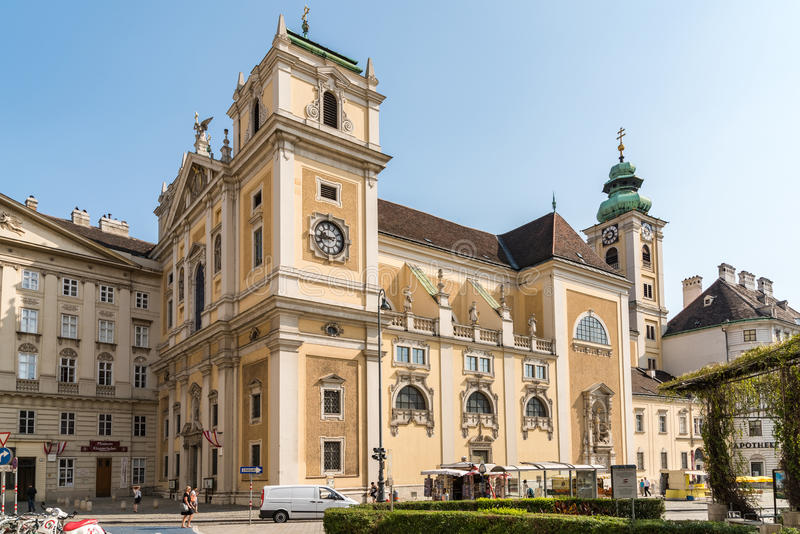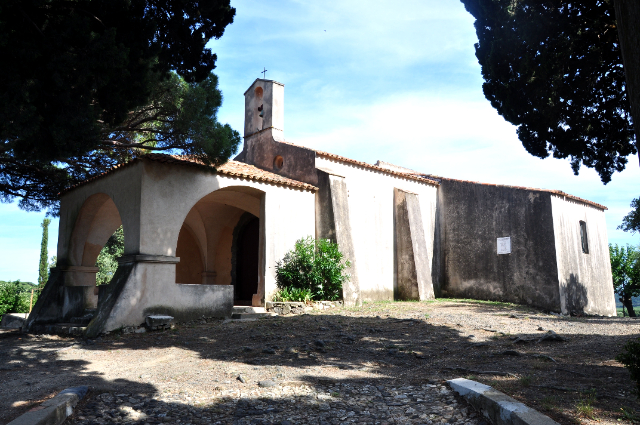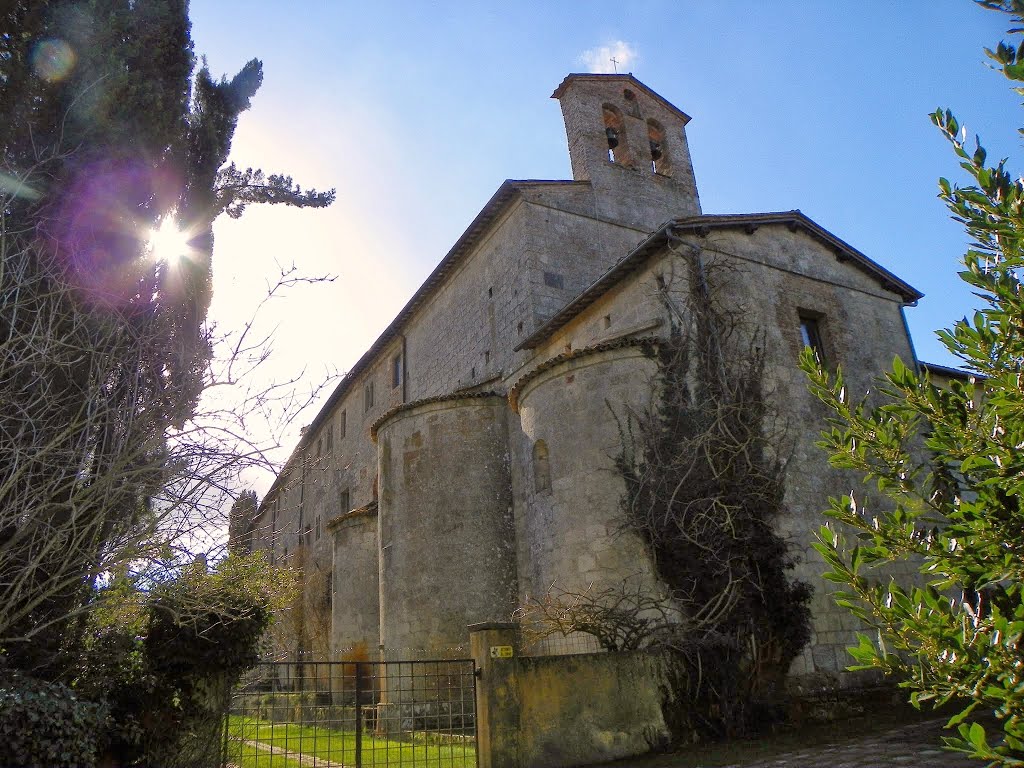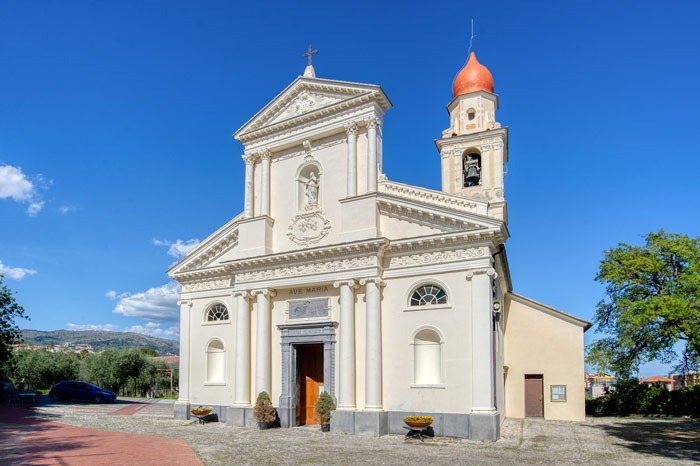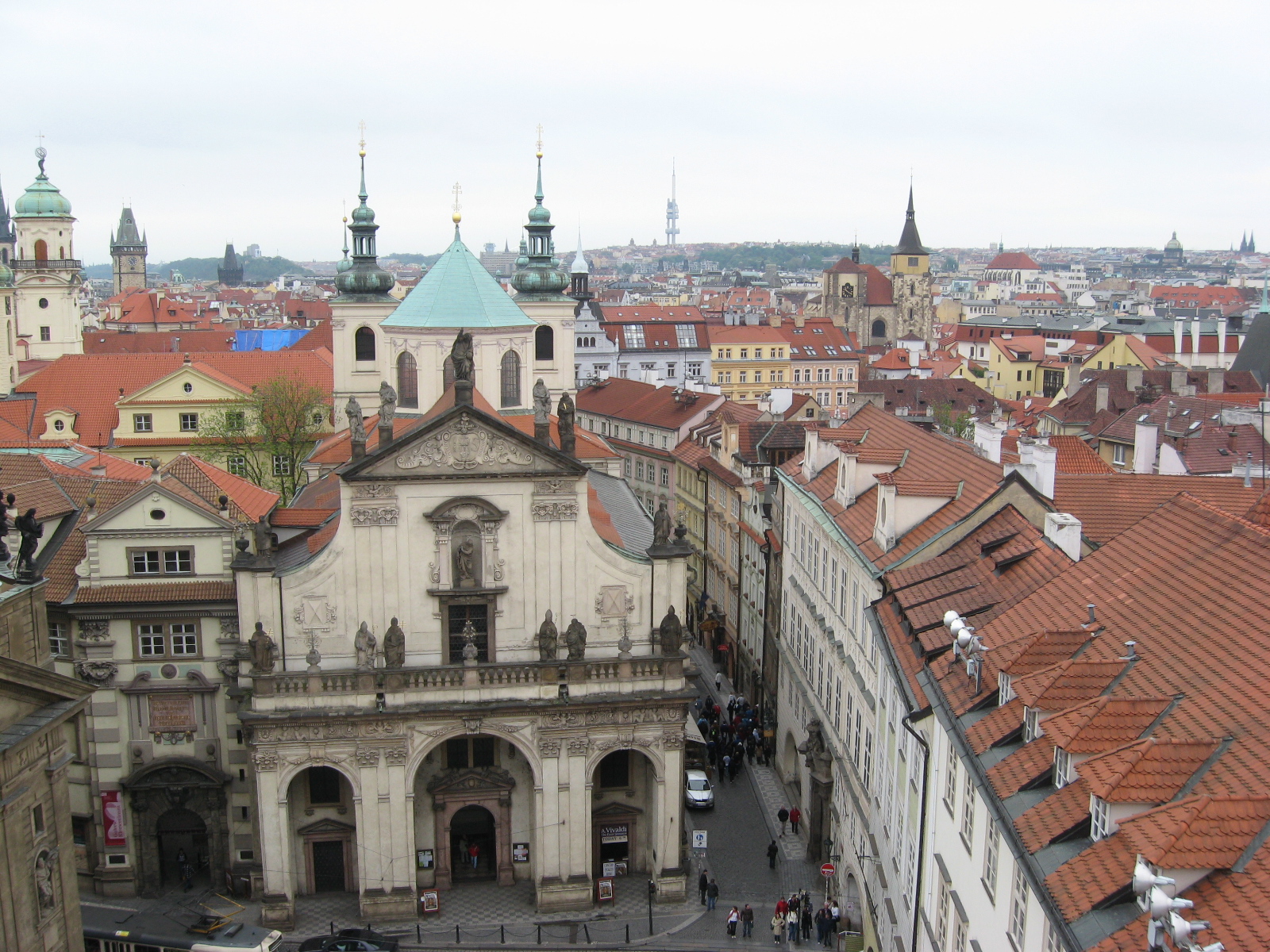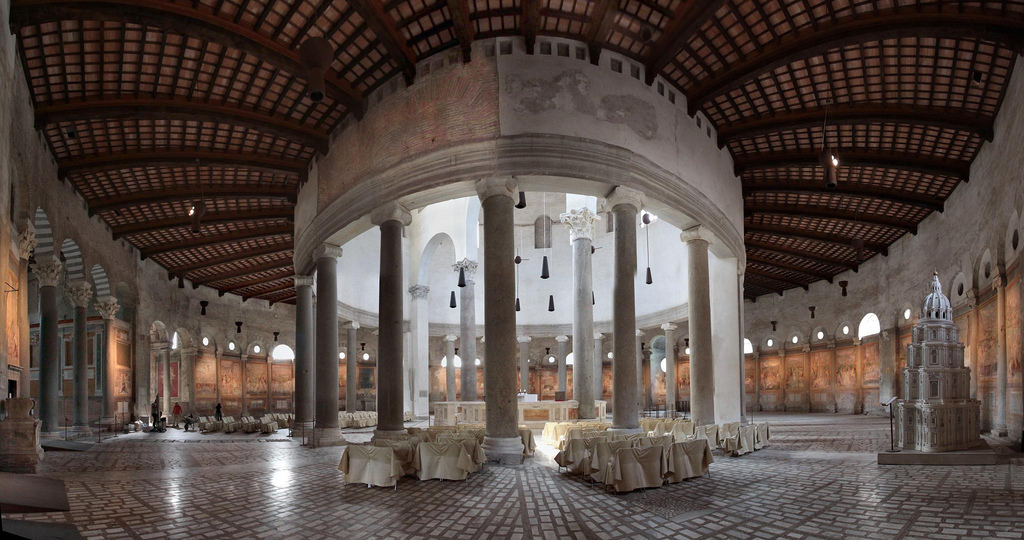The Schottenstift (Scottish Abbey) is a Roman Catholic monastery founded in Vienna in 1155 when Henry II of Austria brought Irish monks to Vienna. The monks did not come directly from Ireland, but came instead from Scots Monastery in Regensburg, Germany. Henry granted the new monastery extensive privileges. Construction of the first monastery started in 1160, and the structure was consecrated in 1200. The monastery was outside the city walls of Vienna. The monks also built a hospice for pilgrims and crusaders, who often passed through Vienna on their way to Jerusalem.
The first church was a three-aisled Romanesque pillar church with a single apse. Henry II was buried there upon his death in 1177. A fire in the year 1276 destroyed the cloister and many other buildings in Vienna.
In 1418, Duke Albert V seized the cloister during the Melker Reform, an attempt to revive the original ideals of Benedictine monasticism, and settled a community of Benedictines in their place. These new residents, however, continued to be known as the ‘Schotten’.
The collapse of the tower, struck by a lightning bolt in 1638, was seized as an opportunity to completely rebuild the church, a project undertaken by the architects Andrea d’Allio the Younger and Silvestro Carlone. The church was somewhat shortened, and the tower no longer stood directly beside the basilica. Joachim von Sandrart provided the church with a new altar piece, which today is kept in the prelates’ hall. After the Turkish siege, the church was restored. As the Baroque west tower was barely higher than the façade itself, its extension has often been proposed, but this has never come to fruition.
In 1773 and 1774, a new priory, with school, was built by Andreas Zach in the grounds of an open air cemetery. In 1807 the Schottengymnasium, an institute for secondary education, was founded by imperial decree. Around 1830, the auxiliary buildings of the Abbey, in particular those that bordered on the Freyung, were renovated and partially rebuilt by Joseph Kornhäusel. In the 1880s the church was restored and partially renovated. From this period date the ceiling paintings by Julius Schmid, and a new high altar, built from sketches by Heinrich von Ferstel, with a mosaic by Michael Rieser.
Today Schottenstift is a museum. It contains, among other notable items, the Schottenmeisteraltar from ca. 1470.
References:
Wikipedia
